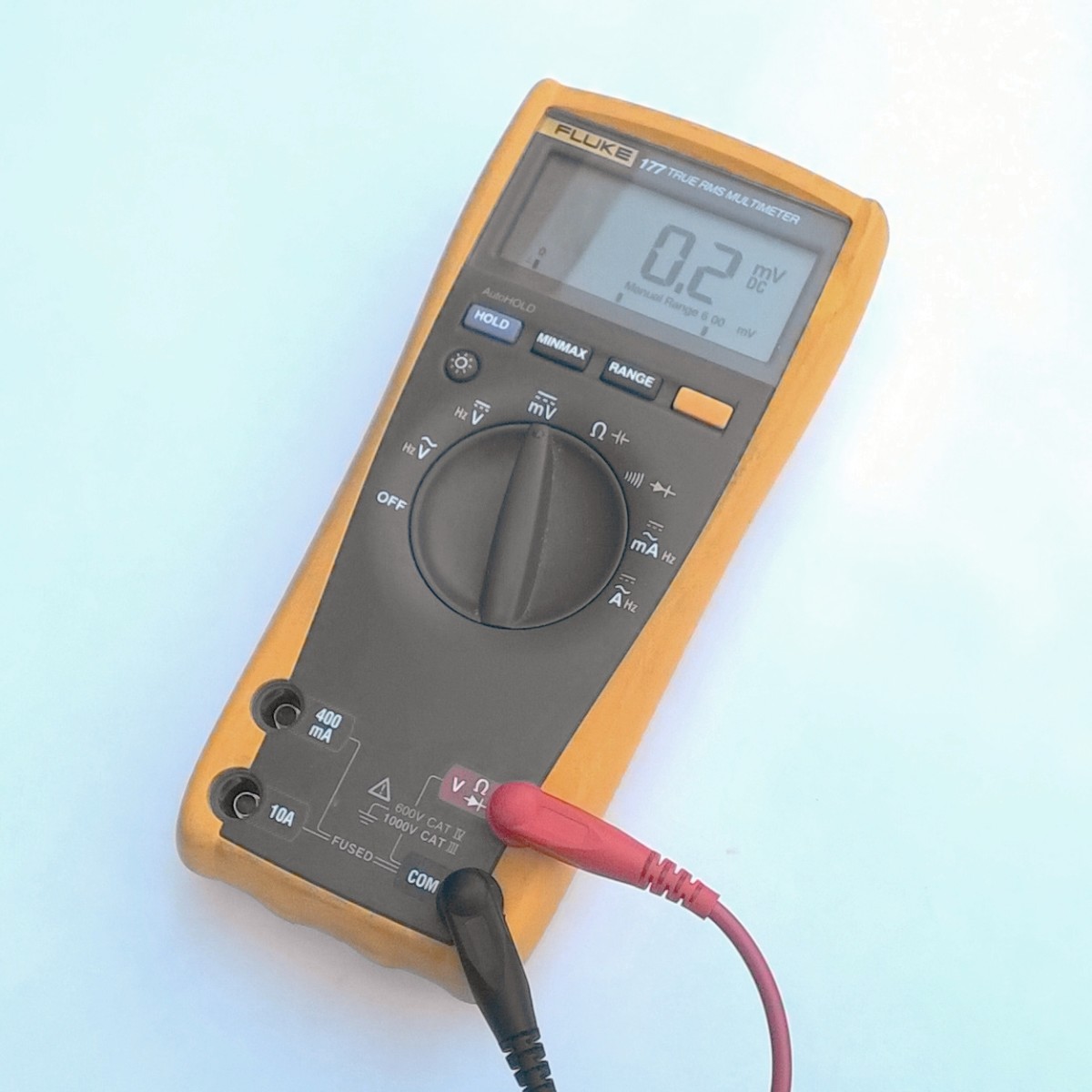How to Convert Volts to AmpsVoltage is the potential difference in an electrical circuit, measured in volts. It might be easier to think of it as the amount of force or pressure pushing electrons through a conductor. To convert volts to amps, a measure of current, it’s possible to use a formula defined by.Watt’s Law states that current = power ÷ voltage. Power is measured in watts and voltage is measured in volts.Thus, to find amps substitute the volts and watts in the formula:Current (A) = Power (W) ÷ Voltage (V).



Larger cables have less resistance per foot than smaller cables. Typical household wiring is AWG 12 or 14 gauge with resistances of 1.6 and 2.5 ohms per 1000 feet. For a typical residence, a run of cable might be up to 50 feet. The corresponding resistances for these common cable sizes are 0.08 and 0.13 ohms. The larger cable has a resistance 36 percent less than the smaller cable and will lose 36 percent less power. For longer cable runs, such as outdoor connections, AWG 10 gauge cable with a resistance of 1 ohm per 1000 feet will have a power drop 60 percent less than the 14 gauge cable.
The voltage drop multiplied by the current gives the power in watts. The three cable runs of 100 feet, carrying 15 amps, will have power drops of 22.5, 36 and 56.25 watts for the 10, 12 and 14 gauge cables respectively. This power heats up the cable, and the voltage drop reduces the voltage available for the load. A voltage drop of 3.6 to 6 volts gives an acceptable power drop for a 120-volt circuit.
Voltage Drop Calculator
The AWG 14 gauge cable is borderline, as is evident from the power loss that is more than that of a 40-watt light bulb.